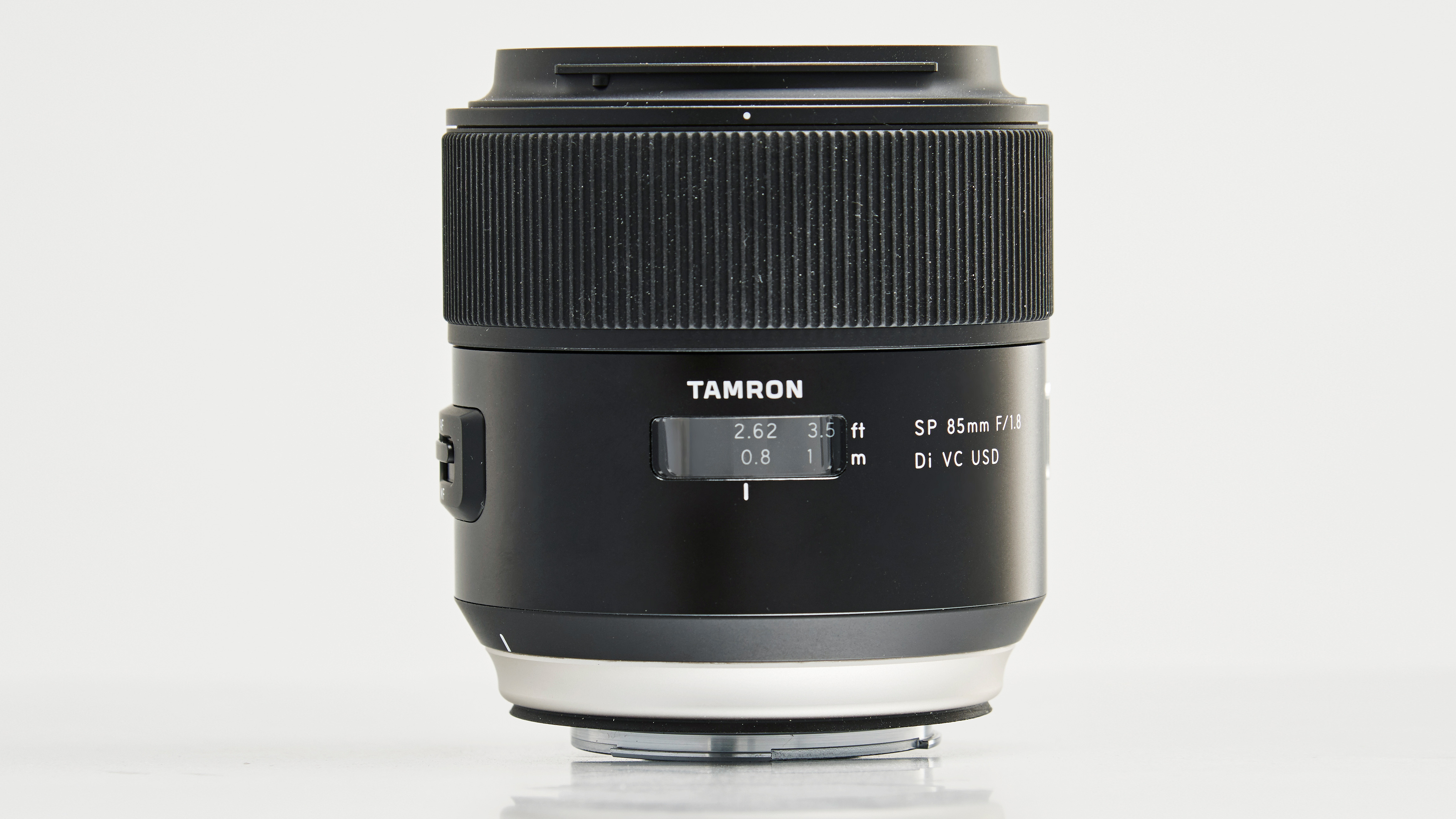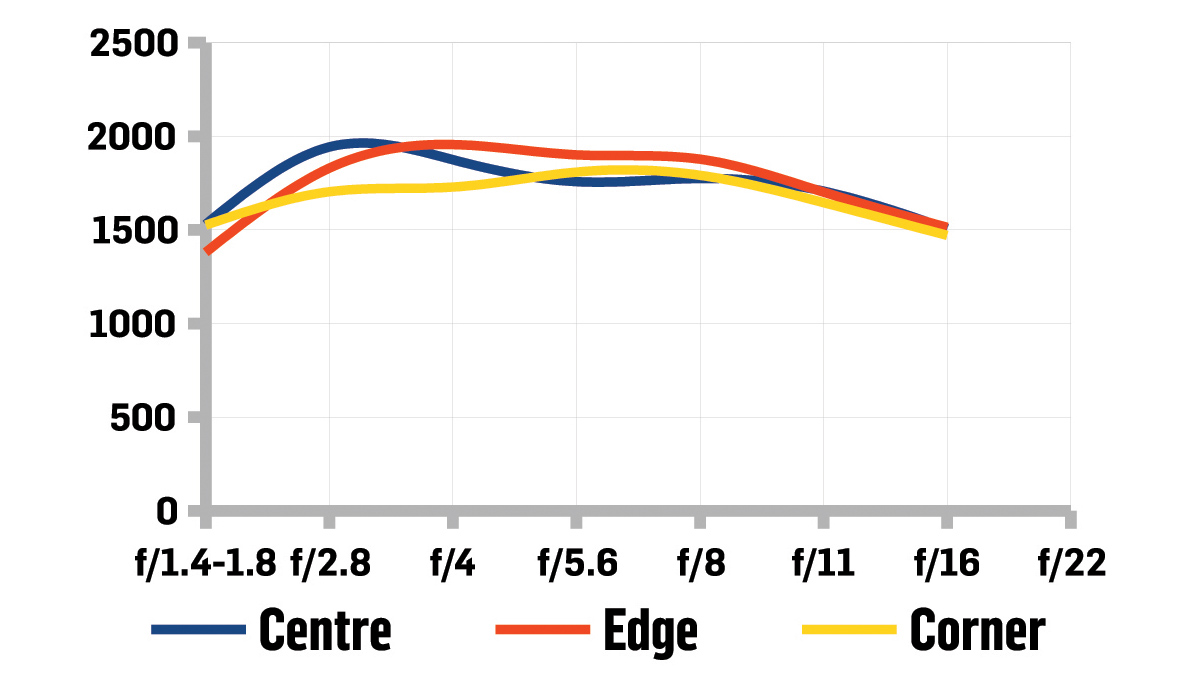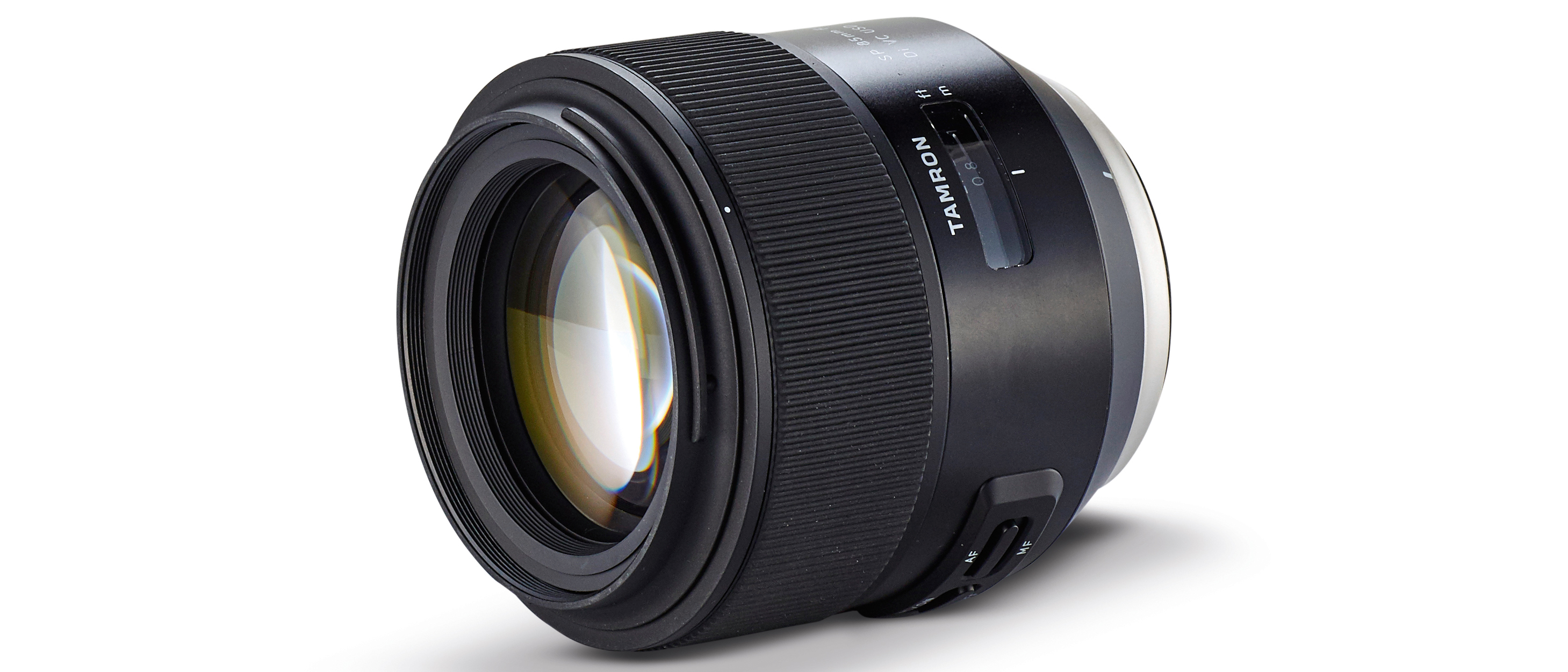Digital Camera World Verdict
Superb handling and performance - the addition of stabilization and relatively compact build make it very attractive lens to consider.
Pros
- +
Weather-sealed construction
- +
Great image quality
Cons
- -
It’s two-thirds of an f/stop slower than f/1.4 lenses
Why you can trust Digital Camera World
When it comes to prime lenses for portraiture, 85mm is a perennially popular focal length, when using a full-frame DSLR body. Established fast, faster and fastest choices include the budget-friendly Canon EF 85mm f/1.8 USM, and the pricey Canon EF 85mm f/1.2L II USM (£1500/$2000). One thing lacking in all of these lenses is optical stabilization, which has never been available for a Canon EF-fit 85mm prime lens – until this Tamron came along in 2016.
Specifications
Mounts Canon EF or Nikon F
Full-frame compatible Yes
Image Stabilizer Yes
Minimum focus distance 0.8m
Max magnification factor 0.14x
Filter size 67mm
Iris blades 9
Weather seals Yes
Dimensions (dia x length) 85x91mm
Weight 700g
Handling
Some might say that you don’t need stabilization in a ‘fast’ lens that enables quick shutter speeds under low lighting conditions. We beg to differ, and you might too if you’ve ever tried shooting indoor portraits with a short telephoto lens, like an 85mm. It’s equally true that you might want to use your posh prime at narrower apertures, to retain its sharpness and relatively distortion-free optical characteristics while gaining greater depth of field and reducing vignetting. In this case, optical stabilization becomes even more desirable.
It’s interesting to see that, while Sigma has a range of high-end ‘Art’ lenses with a fast f/1.4 aperture, Tamron has gone for a slightly narrower aperture of f/1.8 while adding stabilization in its recent up-market primes. These include the SP (Super Performance) 35mm and 45mm f/1.8 primes, and now this new 85mm lens.
Another neat addition that’s lacking in Sigma Art lenses is that the Tamron primes are weather-sealed, which will no doubt be appreciated by wedding photographers on rainy days. Meanwhile, Tamron has played catch-up to the Sigma Art lenses by launching an optional USB console, via which you can apply firmware updates to the 85mm lens when attached to a computer.
Performance

The Tamron lens delivers great sharpness and contrast, even when shooting wide-open at f/1.8. Sharpness in handheld images really does benefit from the VC (Vibration Compensation) system, which proved to worth about four stops in our tests. Vignetting is somewhat noticeable at this aperture, but pretty much disappears by the time you reach f/2.8. Autofocus is fast and very quiet, with the typical full-time manual override of ring-type ultrasonic systems.

Beautiful bokeh (the quality of defocused areas) is retained even when stopping down a little, thanks to a well-rounded aperture based on a nine-blade diaphragm. Both lateral and longitudinal chromatic aberrations are very well controlled, while Tamron’s eBAND nano-structure gives good resistance against ghosting and flare. Overall performance and image quality are nothing short of excellent.
Sample images



Matthew Richards is a photographer and journalist who has spent years using and reviewing all manner of photo gear. He is Digital Camera World's principal lens reviewer – and has tested more primes and zooms than most people have had hot dinners!
His expertise with equipment doesn’t end there, though. He is also an encyclopedia when it comes to all manner of cameras, camera holsters and bags, flashguns, tripods and heads, printers, papers and inks, and just about anything imaging-related.
In an earlier life he was a broadcast engineer at the BBC, as well as a former editor of PC Guide.


